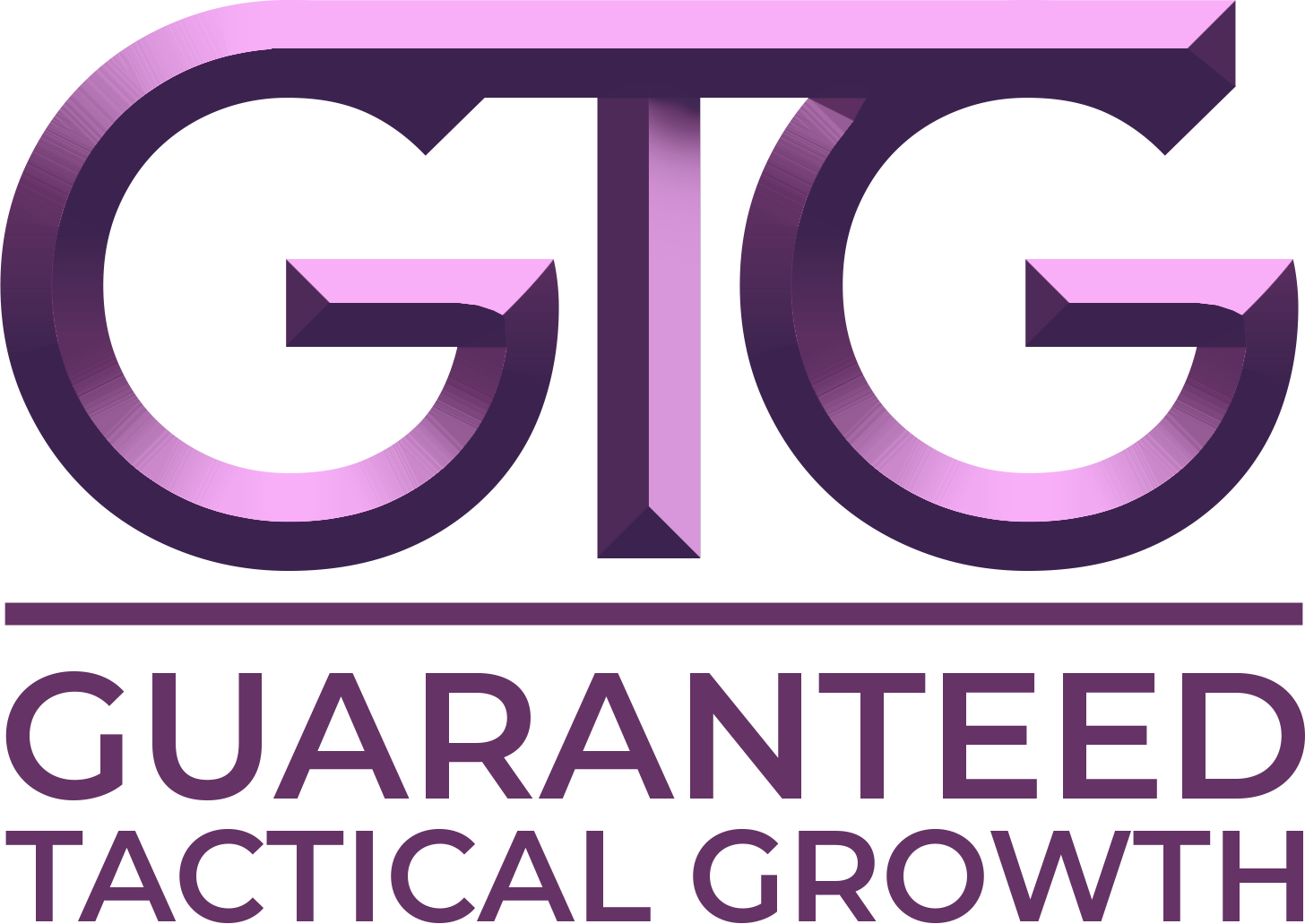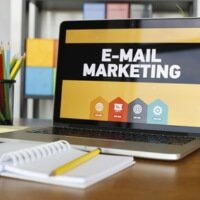In the ever-evolving landscape of marketing, understanding the differences between traditional and modern marketing approaches is crucial. As businesses strive to stay competitive, they must weigh the pros and cons of traditional marketing strategies against the benefits of modern marketing techniques. This blog delves into the evolution of marketing strategies, comparing old school marketing methods with new school, digital marketing approaches.
Traditional Marketing vs. Modern Marketing: A Brief Overview
What is Traditional Marketing?
Traditional marketing, often referred to as “Old School Marketing,” encompasses a range of advertising methods that have been used for decades. These methods include television commercials, radio ads, print advertisements in newspapers and magazines, billboards, and direct mail campaigns. Traditional marketing is product-centric, focusing primarily on reaching a broad audience through mass media channels.
- Television Commercials: Ads broadcasted on TV channels that reach a wide audience across various demographics.
- Radio Ads: Audio advertisements aired on radio stations, targeting listeners based on their preferred stations and time slots.
- Print Advertisements: Ads placed in newspapers and magazines, which can be targeted based on the publication’s audience and geographic distribution.
- Billboards: Large outdoor advertisements displayed in high-traffic areas, designed to capture the attention of passing motorists and pedestrians.
- Direct Mail Campaigns: Physical promotional materials, such as postcards, brochures, and catalogs, sent directly to consumers’ mailboxes.
Traditional marketing is product-centric, focusing primarily on reaching a broad audience through these mass media channels.
What is Modern Marketing?
Modern marketing, or “New School Marketing,” emerged with the advent of the internet and digital technologies. This approach is more customer-centric, leveraging digital platforms to target specific audiences with personalized messages. Digital marketing techniques include search engine optimization (SEO), content marketing, social media marketing, email marketing, and pay-per-click (PPC) advertising.
- Search Engine Optimization (SEO): Techniques used to improve a website’s visibility in search engine results pages, helping to attract organic traffic.
- Content Marketing: Creating and distributing valuable, relevant, and consistent content to attract and engage a clearly defined audience.
- Social Media Marketing: Utilizing platforms like Facebook, Instagram, Twitter, and LinkedIn to build brand awareness, engage with customers, and drive traffic.
- Email Marketing: Sending targeted emails to a list of subscribers to nurture leads, promote products, and build customer relationships.
- Pay-Per-Click (PPC) Advertising: Running paid ads on search engines and social media platforms where advertisers pay each time their ad is clicked.
- Influencer Marketing: Collaborating with influencers who have a large and engaged following to promote products or services.
- Affiliate Marketing: Partnering with affiliates who earn commissions for driving traffic or sales through their marketing efforts.
- Marketing Automation: Using software to automate repetitive marketing tasks, such as email campaigns and social media posting, to improve efficiency and effectiveness.
Modern marketing is customer-centric, focusing on understanding and addressing the specific needs and preferences of the audience.
Key Differences Between Traditional and Modern Marketing
Reach and Audience Targeting
One of the most significant differences between traditional and modern marketing is how they reach their audiences. Traditional marketing relies on mass media to reach a broad audience, often without much control over who sees the advertisement. For example, a billboard on a busy highway may be seen by thousands of people, but only a fraction of them may be interested in the product being advertised.
In contrast, modern marketing uses digital tools to target specific demographics, behaviors, and interests. With platforms like Google Ads and Facebook Ads, businesses can create highly targeted campaigns that reach the right audience at the right time. This level of precision is one of the key benefits of modern marketing over traditional methods.
Cost and ROI
Traditional advertising methods, such as TV and radio commercials, can be expensive. The cost of producing and airing a television ad can be prohibitive for small businesses. Additionally, measuring the return on investment (ROI) for traditional marketing campaigns is challenging, as it’s difficult to track how many people took action after seeing an ad.
Modern marketing, on the other hand, often offers a better ROI. Digital marketing platforms provide detailed analytics that allow businesses to track the performance of their campaigns in real-time. This ability to measure and optimize campaigns is a significant advantage of modern marketing, making it more cost-effective than traditional marketing.
Engagement and Interaction
Traditional marketing is often a one-way communication channel, where businesses broadcast their messages to the public with little opportunity for interaction. For example, a magazine ad can inform readers about a product, but it doesn’t allow for immediate feedback or engagement.
Modern marketing, however, is built on interaction and engagement. Social media platforms, blogs, and email campaigns allow businesses to communicate directly with their customers, fostering relationships and building brand loyalty. This two-way communication is a hallmark of modern marketing, making it more effective in today’s digital age.
Push vs. Pull Marketing: A Comparative Analysis
Push Marketing in Traditional Advertising
Push marketing, a common strategy in traditional advertising, involves pushing products or services onto consumers through direct promotion. This method often includes aggressive advertising tactics, such as TV commercials, print ads, and telemarketing. The goal of push marketing is to create immediate demand and drive sales by placing the product directly in front of the consumer.
Pull Marketing in Modern Advertising
In contrast, pull marketing is more aligned with modern marketing techniques. This strategy focuses on creating content and experiences that naturally attract customers to the brand. Examples include SEO, content marketing, and social media engagement. Instead of pushing products onto consumers, pull marketing draws them in by addressing their needs and interests, ultimately leading to more sustainable customer relationships.
Customer-Centric Marketing vs. Product-Centric Marketing
The Product-Centric Approach in Traditional Marketing
Traditional marketing often follows a product-centric approach, where the focus is on the features and benefits of the product itself. Advertisements typically highlight what makes the product unique, aiming to persuade consumers that it is superior to competitors. While this approach can be effective, it doesn’t always consider the customer’s specific needs or preferences.
The Customer-Centric Approach in Modern Marketing
Modern marketing, in contrast, is customer-centric. This approach prioritizes understanding the customer, their needs, preferences, and behaviors. By using data analytics and customer feedback, businesses can tailor their marketing efforts to provide personalized experiences. This shift from a product-centric to a customer-centric approach is one of the key differences between traditional and modern marketing strategies.
Evolution of Marketing Strategies: From Offline to Online
Traditional Advertising Methods
Traditional marketing strategies have their roots in offline channels. These include methods like direct mail, telemarketing, print ads, and outdoor advertising. While these methods can still be effective, their reach and measurability are limited compared to digital marketing techniques.
The Rise of Digital Marketing
The digital revolution has transformed the way businesses approach marketing. The shift from offline to online marketing has enabled businesses to reach global audiences with ease. Digital marketing channels like social media, email, and search engines provide opportunities for more targeted, personalized, and interactive campaigns. This evolution has also led to the development of marketing automation tools that streamline and optimize marketing efforts.
Pros and Cons of Traditional Marketing
Advantages of Traditional Marketing
- Wide Reach: Traditional marketing channels like TV and radio can reach a broad audience, making them ideal for brand awareness campaigns.
- Tangibility: Print ads and direct mail offer a physical presence that digital ads cannot replicate, making them memorable for some consumers.
- Established Trust: Many consumers still trust traditional media more than digital ads, which can be perceived as intrusive or less credible.
Disadvantages of Traditional Marketing
- High Costs: Traditional advertising methods can be expensive, especially for small businesses with limited budgets.
- Limited Targeting: Traditional marketing lacks the precise targeting capabilities of digital marketing, leading to inefficiencies.
- Difficult to Measure: Measuring the effectiveness of traditional marketing campaigns can be challenging, making it harder to calculate ROI.
Benefits of Modern Marketing
Advantages of Modern Marketing
- Targeted Reach: Modern marketing allows businesses to target specific audiences based on demographics, interests, and behaviors.
- Cost-Effective: Digital marketing campaigns can be more affordable, offering better ROI compared to traditional methods.
- Measurable Results: Digital marketing platforms provide detailed analytics, enabling businesses to track and optimize their campaigns in real-time.
- Interactive Engagement: Modern marketing fosters two-way communication, allowing businesses to build relationships with their customers.
Disadvantages of Modern Marketing
- Complexity: Managing digital marketing campaigns requires a deep understanding of various platforms and tools.
- Digital Overload: Consumers are bombarded with digital ads, leading to potential ad fatigue or disengagement.
- Dependence on Technology: Modern marketing is heavily reliant on technology, making businesses vulnerable to changes in algorithms or platform policies.
Marketing Strategies for the Digital Age
Content Marketing: The Backbone of Modern Marketing
Content marketing plays a crucial role in modern marketing strategies. By creating valuable, relevant, and consistent content, businesses can attract and retain a clearly defined audience. This pull marketing technique is effective in building trust, educating consumers, and driving profitable customer actions.
Social Media Marketing: Building Brand Communities
Social media platforms have become essential tools for modern marketers. They provide opportunities for brands to engage with their audience, share content, and build communities. With billions of users worldwide, social media offers unparalleled reach and engagement opportunities.
SEO and SEM: Enhancing Online Visibility
Search engine optimization (SEO) and search engine marketing (SEM) are critical components of modern marketing. SEO focuses on optimizing a website to rank higher in search engine results, while SEM involves paid strategies to increase visibility. Together, these techniques help businesses attract organic and paid traffic, enhancing their online presence.
Case Studies: Traditional vs. Modern Marketing in Action
Coca-Cola: A Blend of Old and New
Coca-Cola has successfully integrated traditional and modern marketing strategies to maintain its position as a global brand. While the company continues to invest in traditional advertising methods like TV commercials and billboards, it has also embraced digital marketing through social media campaigns and influencer partnerships. This blend of old and new marketing techniques has allowed Coca-Cola to reach a diverse audience while staying relevant in the digital age.
Nike: Leading with Digital
Nike has shifted its marketing focus towards digital channels, using social media, content marketing, and influencer collaborations to connect with consumers. The brand’s emphasis on storytelling and customer engagement has helped it build a loyal following online. Nike’s digital-first approach demonstrates the effectiveness of modern marketing in building brand equity and driving sales.
Comparing Old and New Marketing Methods: Which is Better?
The Case for Traditional Marketing
Traditional marketing still holds value, especially for businesses targeting older demographics or aiming for widespread brand recognition. Its tangibility and established trust make it a viable option for certain industries, such as luxury goods or local services.
The Case for Modern Marketing
Modern marketing is often more effective for businesses looking to reach younger, tech-savvy audiences. Its ability to target specific demographics, measure results, and engage consumers through interactive content makes it the preferred choice for many companies.
Conclusion: A Balanced Approach
The best marketing strategy often involves a combination of both traditional and modern methods. By leveraging the strengths of each approach, businesses can create comprehensive campaigns that reach a wider audience while maximizing ROI. As marketing continues to evolve, staying adaptable and open to new strategies will be key to long-term success.
Conclusion: The Future of Marketing
As we look to the future, it’s clear that digital transformation will continue to shape the marketing landscape. While traditional marketing will always have a place, the benefits of modern marketing—especially in terms of targeting, engagement, and ROI—make it the dominant force in the industry. By understanding the differences between old school and new school marketing concepts, businesses can better navigate the ever-changing world of marketing and achieve sustained growth.
Understanding Push and Pull Marketing Strategies
Push and pull marketing strategies will continue to evolve as consumer behavior changes. Businesses that can effectively balance these approaches, using push tactics to drive immediate sales and pull tactics to build long-term customer relationships, will be well-positioned for success.
Impact of Digital Transformation on Traditional Marketing
The digital transformation has fundamentally changed how businesses approach marketing. Traditional marketing methods are being redefined and integrated with digital strategies to create more holistic campaigns. Understanding this impact is crucial for businesses looking to stay competitive in the digital age.
Global Reach Through Modern Marketing
The global reach offered by modern marketing is unparalleled. Digital platforms allow businesses to connect with consumers worldwide, breaking down geographical barriers and opening new markets. This ability to scale quickly and efficiently is one of the most significant advantages of modern marketing over traditional methods.
















